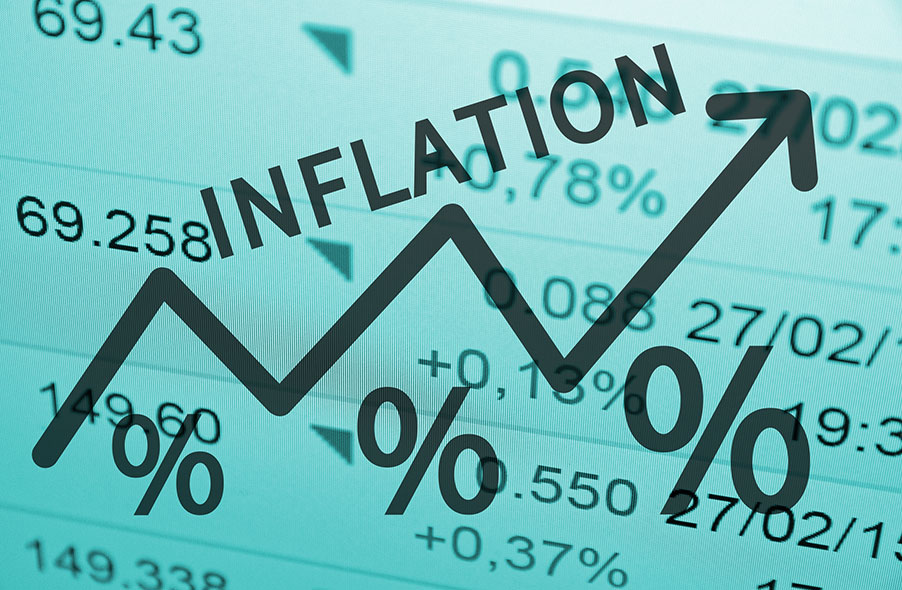Do you when is the best time to buy or sell gold? Gold is becoming more popular for trading and investing, offering excellent profit opportunities to savvy traders and investors. To be a successful gold trader, you have to learn the unique characteristics of gold as a commodity and understand the logic behind the most successful gold trading strategies.
We’ve prepared a short guide about investing and trading gold, including some of the best profitable gold trading strategies and factors that strongly influence the price of gold. By the end of this article, you will have a better idea regarding the best time to buy and the best time to sell gold.
Why Trade or Invest in Gold?
As we mentioned in the introduction, gold is attractive to investors and traders because it offers plenty of profit opportunities. It is also an excellent way to diversify an investment portfolio. Gold has long been a favorite of investors that like to make long-term investments because its long-term value is always trending upwards.
Investors and traders turn to gold in times of great economic crisis, market instability, and downturn. This does not mean that investing in and trading gold is always a positive proposition, as the price of gold can also decline over a prolonged period.
Trading gold is much more dynamic and offers higher profit margins, but it also carries more significant risks. Depending on the type of gold trading you choose, you can expect high volatility. This can yield high profits, but only if you can read the trends accurately and understand the fundamentals behind what influences the price of gold.
The downside of gold trading is that it often comes with high brokerage fees that can seriously influence your profit margin, especially if you do not choose a broker wisely. Additionally, the gold exchange markets’ volatility can incur significant losses to investors in a short period.
Types of Gold Trading
There are several ways to trade gold with different pros and cons, depending on the type of trading you choose. Have a clear strategy in mind about your investment/trading goals and how you will reach them before selecting the optimal trading method.
Gold Options and Futures
Trading gold options and futures is the most straightforward way to trade real gold, using a mainstream, regulated exchange. Unfortunately, one of the biggest issues with trading gold options and futures is that it requires a futures brokerage account with a deposit of at least $5,000 due to the restrictions on the futures market’s smallest trade sizes, which is 33 ounces of gold.
Gold ETFs
The alternative to directly trading gold is trading gold ETFs (exchange-traded funds) that own gold. The fluctuation of share prices in these ETFs has a close correlation with the fluctuation of the price of gold. Once again, you will need to open a brokerage account that can directly trade shares and stocks. This will come with sizeable trading fees charged by the broker you use and minimum deposit requirements of thousands of dollars.
Gold Mining Shares
Gold mining shares are indirect investments in gold, as you are trading shares of gold mining companies influenced by the price of gold. Unfortunately, that is not the only factor affecting the cost of the mining shares, making them a riskier proposition and more challenging to predict.
Gold at a FOREX Broker
Trading gold at a FOREX/CFD broker is the easiest and most cost-effective way to get into the world of gold trading. There are plenty of FOREX/CFD brokerages to choose from, offering excellent support and additional services.
The advantage of FOREX/CFD brokerages is that they offer spot Gold trading, meaning you are trading the actual prices of gold per ounce. Additionally, you can start trading with as little as $100 in your account, and minimum trade requirements go as low as one ounce. The downside of FOREX/CFD brokerages is that long-term trades incur additional fees unless you have an Islamic trading account.
Proven Gold Trading Strategies
Fundamental Analysis and Gold Trading

The fundamental analysis applied to gold trading uses the major macroeconomic factors and parameters and correlates them with the movement in the price of gold. By collecting and analyzing macroeconomic data, we identified four general circumstances under which the price of gold rises:
- High inflation
- Instability or economic crisis
- A sharp decline in the value of the US Dollar
- Negative real interest rates
High Inflation Rate and Gold
There is a positive correlation between the price of gold and the unusually high rates of inflation. Unusually high rates of inflation rates are rates that exceed 6% on an annual basis. The last time the US experienced these types of rates was in the early 1980s. To no surprise, during the late 1970s and early 1980s, the price of gold was on the rise.
Economic Crisis and Gold
The last three major economic crises in the US, the late 1970s economic decline, the 2008/2009 financial crisis, and the 2020 crisis caused by the COVID-19 epidemic, all showed a positive correlation with the price of gold. The price of gold rose during these periods of economic stability and downturn.
US Dollar Index and Gold
Gold trading is directly tied to the US Dollar since the exchanges express gold prices in US Dollars. The US Dollar Index measures the fluctuation in the relative value of the US Dollar against other currencies, and a positive correlation is present here, as well.
Negative Real Interest Rates and Gold
A negative real interest rate of the currency occurs when the currency’s inflation rate exceeds the currency’s interest rates, meaning the currency is losing value due to inflation quicker than what the interest rates on that currency are paying. This occurred only twice in modern history, in the late 1970s and 2018 and 2019. In both cases, the price of gold did rise. However, this does not constitute enough data or evidence to support this theory.
Seasonality and Gold
Another investment strategy exists around the seasonality of gold. It assumes that certain periods during the year lead to an increase in the price of gold. Long-term data confirms a trend that during August, September, and November, the price of gold increased in the vast majority of years.
Technical Analysis and Gold Trading

Technical analysis applied to gold trading investigates the correlation between the current gold price movements and the historical movements of the price of gold. The goal is to identify trends and patterns to provide insight into future trading decisions. The most common technical analysis of gold trading strategies are trend trading and volatility trading.
Trend Trading and Gold
The easiest and by far the most popular method of trend trading on gold is trading on breakouts during a long-term trend. This breakout strategy compares the closing price of gold for a month and compares it to the previous six months’ price trend.
If the closing price of gold is higher than the 6-month trend, this is a bullish trend and an ideal opportunity for a long-term trade. If the closing price of gold is lower than the 6-month trend, this is a bearish trend and a perfect opportunity for a short-term trade.
Volatility Trading and Gold
Volatility Trading focuses on comparing the monthly closing price of gold with the ATR or average true range, which measures the volatility or change in the price of gold during a particular day. Studying ATR and volatility trends shows that if the change in the price of gold during a given day is greater than the average daily change in the price of gold for the last 15 days, the price of gold is more likely to have a more significant rise during the next day.
Best Advice for Gold Day Trades
Get the most value out of your gold trading by paying close attention to the following factors:
- If the price of gold exceeds the 6-month high, use the aggressive bullish approach to trading.
- If the price of gold is higher than six months ago but still below some of the values during those six months, take a conservative bullish approach to trading gold.
- If the price of gold is lower than the 6-month high, use the aggressive bearish approach to trading gold.
- If the price of gold is lower than six months ago but still higher than some values during those six months, take a conservative bearish approach to trading gold.
- If the price has shown little change during the last six months, use trade reversals at apparent support or resistance areas.
Learn About Gold is your one-stop-shop for everything related to gold. Our team of experts regularly publishes materials, blogs, and advice on investing and trading in gold. Our mission to help you make the best investment decisions and match you with reputable gold trading and investing platforms. If you would like to diversify your portfolio and add more value to it with gold, check our website and see what we have to offer.





